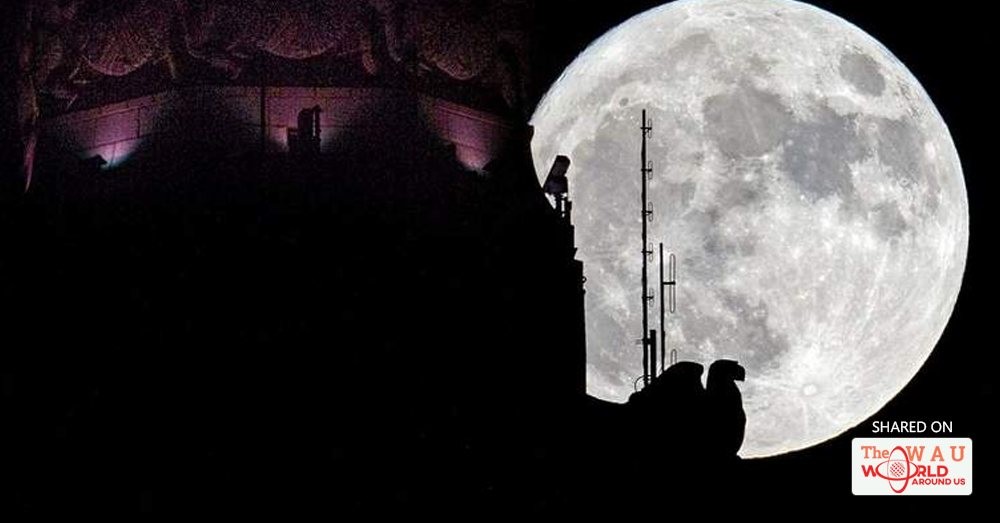Supermoons are not a rare occurrence in itself, but don't miss this one, for the next extra large supermoon will be visible only in 2034. People have many misconceptions regarding supermoon.
Let's analyse some of the popular myths associated with it and find out the real facts.
1 The Supermoon can cause disasters
There is a popular notion when the moon comes too close to earth, it results in natural disasters due to its gravitational pull. In reality, it is not so.
Facts: The moon's gravitational pull is not strong enough even at the closest distance. Historic data proves that not all natural disasters take place around full moon phases. Saying that, we can add that if something is already taking place, the pull can affect its impact.
2 The moon makes people crazy
The majority of sound studies find no connection, while some have proved inconclusive, and many that purported to reveal connections turned out to involve flawed methods or have never been reproduced.
Facts: Reliable studies comparing the lunar phases to births, heart attacks, deaths, suicides, violence, psychiatric hospital admissions and epileptic seizures, among other things, have over and over again found little or no connection.
Is Supermoon to blame for 'Titanic'?
Some researchers propose that the unusually close position of the moon in January 1912 could have triggered powerful oceanic tides, causing a high concentration of icebergs in the North Atlantic region. On January 4, 1912 the moon was at its closest to the earth ("supermoon").
Fact: The supermoon was the most powerful moon in 1400 years! At the same time, the Earth was at its closest to the sun, a phenomenon known as perihelion, so the gravitational forces of both the moon and the sun were greatly enhanced prior to the tragedy.
Myth 3: The moon has a 'dark side'
As the moon orbits Earth, it keeps one face perpetually turned toward the planet. This fact has prompted some to refer to the distant lunar hemisphere as the 'dark side' of the moon
Fact: While the moon does vary in distance from the Earth during its month-long orbit, the differences aren't significant during a single trek across the sky.

4 The moon grows larger during moonrise
The reason the moon looks larger near the horizon is due to an optical effect known as the Ponzo illusion.
Facts: It's an optical illusion we don't have a solid explanation for; however, the consensus seems to be that the moon appears much bigger on the horizon because we have trees and buildings to compare it to.
WATCH: 2016 ends with three Supermoons
5 The landing of humans on the moon was actually fake.
Despite overwhelming evidence to the contrary, some people believe that the Apollo moon landings were faked by NASA, which used doctored photos, staged videos and other ploys to dupe the public.
Proponents of these hoax claims argue that technology was not advanced enough for astronauts to reach the moon and return home safely; they also point to ostensible signs of studio trickery, including the fact that the American flag planted by the Apollo 11 crew in the lunar surface appeared to flutter in the vacuum of space.
Share This Post















